Disclosure: This article contains affiliate links. We may earn a commission from purchases at no extra cost to you, which helps our travel content.
The Drakensberg Mountains have always represented that magical intersection where geology meets mythology, where ancient sandstone formations stand as silent witnesses to centuries of human stories. Growing up with a botanist father who often brought me to remote wilderness areas, I developed an early appreciation for landscapes that tell tales. But it wasn't until last autumn, when I ventured beyond the peaks themselves, that I discovered the true soul of this region lies in its surrounding towns and villages. These settlements – some colonial, others deeply traditional – offer families a perfect blend of adventure, cultural immersion, and natural wonder. As the amber light of fall painted the mountains gold and crimson, I spent a week exploring these communities where South African heritage is preserved in architecture, cuisine, and the warm smiles of locals who've made these foothills their home for generations.
Himeville and Underberg: Gateway Towns with Character
My Drakensberg journey began where most travelers start – in the twin towns of Himeville and Underberg, nestled at the foothills of the southern Berg. These settlements might initially seem like mere launching points for mountain adventures, but give them time and they reveal themselves as destinations worthy of exploration in their own right.
Underberg welcomed me with its frontier-town charm, main street lined with adventure outfitters, craft shops, and the kind of cafés where locals know each other by name. The Underberg Farmers Market (every Sunday morning) became my weekly ritual, where I'd stock up on artisanal cheeses, homemade preserves, and fresh produce while chatting with farmers whose families have worked this land for generations.
Just 5km away, Himeville offers a more historical perspective. The Himeville Museum, housed in a former fort built in 1896, provided fascinating insight into both colonial history and indigenous San culture. What struck me most was the museum's collection of rock art reproductions – tangible connections to the people who first called these mountains home thousands of years ago.
For families, these gateway towns offer the perfect balance of amenities and authenticity. My accommodation at the Himeville Arms provided that quintessential country hospitality – crackling fireplaces, hearty meals, and staff who treated my endless questions about local history with genuine enthusiasm rather than tourism fatigue.
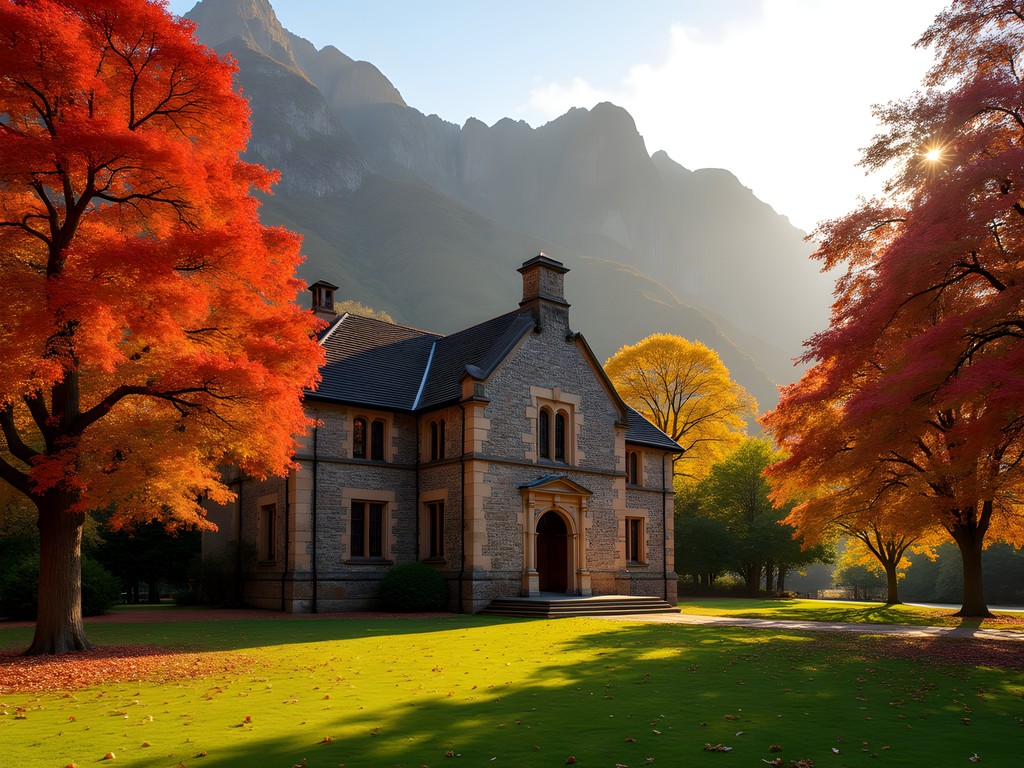
💡 Pro Tips
- Visit the Underberg Farmers Market on Sunday mornings for local produce and crafts
- The Himeville Museum offers excellent historical context before heading into the mountains
- Book accommodations in advance during South African school holidays as these towns fill quickly
Winterton: Where History Meets Hospitality
A 45-minute drive north of Himeville brought me to Winterton, a town that wears its agricultural heritage proudly. Founded in the 1860s as a trading post, Winterton now serves as the commercial hub for the central Berg region while maintaining its small-town soul.
My first stop was the Winterton Museum, considerably smaller than its Himeville counterpart but equally fascinating with its focus on settler history and the Anglo-Boer War. The museum's curator, Anna, shared stories of her grandfather's experiences during the war that no guidebook could provide – the kind of personal connection that transforms historical facts into emotional understanding.
Winterton truly shines as a base for families exploring the central Drakensberg. The town's proximity to Champagne Valley means easy access to some of the Berg's most iconic peaks, including Cathkin Peak and Champagne Castle. After a day of hiking, we returned to town for what became a daily ritual: homemade ice cream at the Winterton Country Store, where the butterscotch flavor had my taste buds singing praises to the dairy cows grazing in nearby fields.
For families with young children, I highly recommend the Drakensberg Canopy Tour just outside of town. Gliding between platforms set in old-growth forest gave us a bird's-eye view of the landscape while our guides pointed out medicinal plants used by local healers – that perfect blend of adrenaline and education that makes for memorable family experiences.

💡 Pro Tips
- The Winterton Country Store makes excellent homemade ice cream using local dairy
- Book the Drakensberg Canopy Tour in advance, especially during school holidays
- Ask at the museum about visiting nearby Anglo-Boer War battle sites
Bergville: The Northern Gateway's Hidden Depths
Further north, Bergville serves as the gateway to the northern Drakensberg, including the magnificent Amphitheatre and Royal Natal National Park. At first glance, Bergville appears to be little more than a service town – a place to refuel vehicles and restock supplies. But spend time here, as I did for two nights, and you'll discover a community with deep connections to both the land and its complex history.
The town's central square hosts a modest monument commemorating the Anglo-Boer War, a reminder of the strategic importance this region once held. What fascinated me most, however, was learning about Bergville's role in the struggle against apartheid – stories shared by my host at a local B&B that rarely make it into tourist literature.
Bergville truly comes alive on market days when rural farmers bring their produce to town. The vibrant energy, colorful displays, and multilingual exchanges between Zulu, Afrikaans, and English speakers create a sensory tapestry that captures South Africa's cultural complexity in microcosm. I spent hours wandering between stalls, photographing the kaleidoscope of vegetables and crafts while attempting to learn basic Zulu greetings from patient vendors.
For families, Bergville offers excellent value accommodations and a less touristy atmosphere than the southern Berg towns. We stayed at a family-run guesthouse where the owners' children became impromptu tour guides for my friend's kids, showing them how to identify local bird calls and track small game in the garden – the kind of cultural exchange that enriches travel beyond measure.
From Bergville, we made daily excursions into the northern Berg, returning each evening with cameras full and legs tired. My hiking daypack proved invaluable for these adventures – its hydration system and multiple pockets perfectly organized for carrying water, snacks, field guides, and camera equipment through varied terrain.
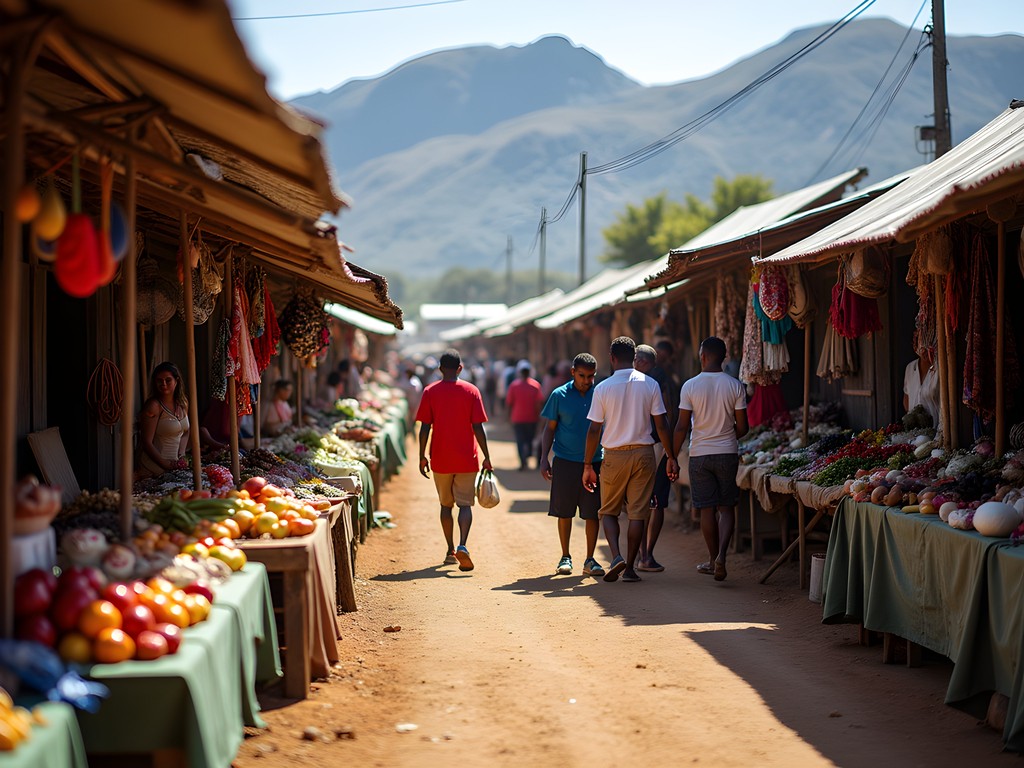
💡 Pro Tips
- Visit on market days (Wednesdays and Saturdays) for the most authentic local experience
- Ask locals about the town's apartheid-era history – stories rarely found in guidebooks
- Use Bergville as a more affordable base for exploring the northern Drakensberg attractions
Thendele: A Living Cultural Landscape
While not technically a town, the Thendele community near Royal Natal National Park represents something I find infinitely more valuable than colonial architecture or tourist amenities – a living cultural landscape where Zulu traditions continue to evolve in dialogue with the natural environment.
My visit to Thendele was arranged through a community tourism initiative, where local guide Sipho led our small group through the village, explaining how traditional building techniques have adapted to modern materials while maintaining cultural significance. The circular layout of homesteads, he explained, reflects Zulu cosmology – a worldview where family connections and ancestral relationships remain central despite centuries of colonial pressure.
What made this experience particularly valuable for families was the opportunity for children to interact with their South African peers. At the local primary school, we watched a spontaneous cultural exchange unfold as kids taught each other games from their respective traditions. No museum or historical site could match the educational value of this authentic interaction.
The highlight of our Thendele visit was undoubtedly the evening of traditional dance and storytelling. As the setting sun painted the Amphitheatre in shades of gold and purple, young performers shared stories through movement and music that connected present-day village life to ancient traditions. I captured these moments with my travel camera, though no photograph could fully convey the emotional resonance of witnessing cultural heritage transmitted between generations.
For families concerned about cultural tourism becoming exploitative, I was impressed by the community-controlled nature of Thendele's program. Proceeds directly support local development initiatives, and visitors are briefed on respectful behavior before entering the community. This approach creates a model for tourism that benefits both visitors seeking authentic experiences and communities maintaining their cultural identity.
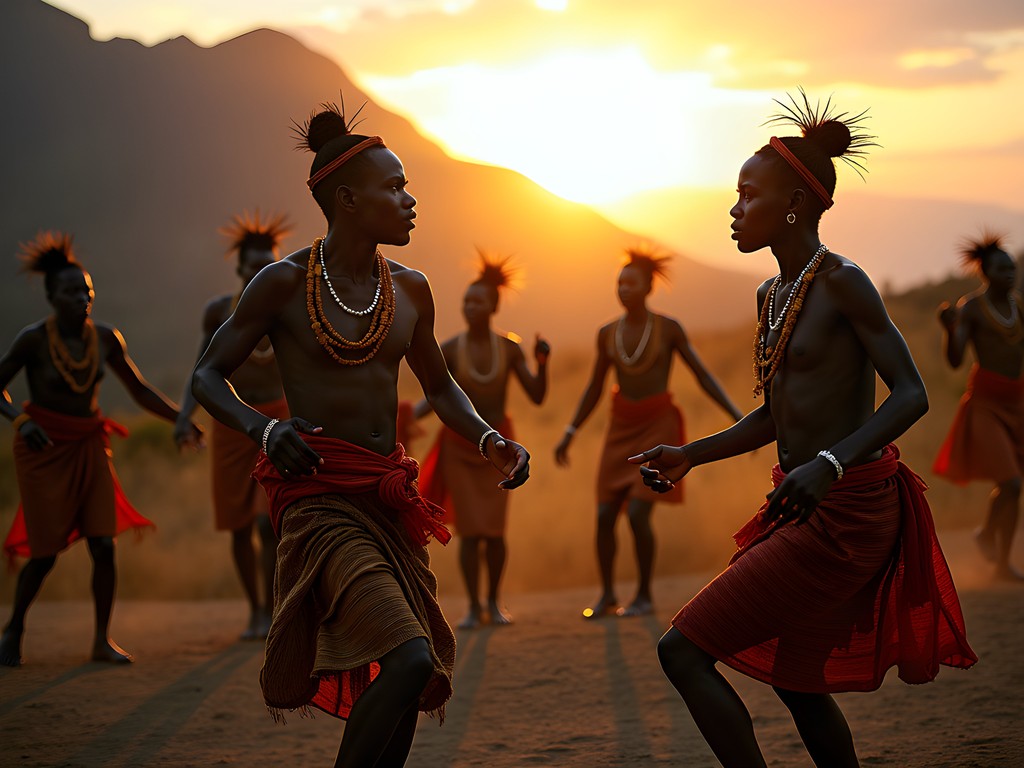
💡 Pro Tips
- Book community visits through recognized cultural tourism operators who work directly with the Thendele community
- Learn basic Zulu greetings before visiting – even simple words show respect for local culture
- Ask permission before photographing people, especially during cultural ceremonies
Rosetta: Artisanal Charm in the Midlands
My Drakensberg exploration concluded with a day trip to Rosetta – technically part of the KwaZulu-Natal Midlands rather than the Berg proper, but too charming to exclude from this journey. Located about an hour's drive from the central Berg, Rosetta represents the artistic heart of the region, where the natural beauty of the landscape has inspired a thriving community of artisans and food producers.
The town itself is tiny – blink while driving and you might miss it – but what it lacks in size, it makes up for in character. Historic buildings house galleries, craft shops, and cafés that showcase the creative energy of the Midlands. At the Rosetta Market, I discovered handcrafted pottery inspired by Drakensberg rock art, woven textiles incorporating traditional Zulu patterns, and botanical illustrations of indigenous plants that reminded me of my father's scientific sketches.
For families with children, Rosetta offers hands-on creative experiences that provide welcome contrast to the physical activities of the Berg. We participated in a pottery workshop where even the youngest travelers created clay impressions using local plants – tangible souvenirs that now remind us of South Africa's botanical diversity.
The culinary scene in Rosetta deserves special mention. The town's cheese factory produces exceptional artisanal varieties using traditional methods and milk from grass-fed cows that graze the surrounding hills. After sampling more cheeses than I care to admit, I packed several varieties for picnics during the remainder of our trip, along with freshly baked bread from the local bakery.
Our day in Rosetta concluded with a visit to a family-run microbrewery where parents sampled craft beers while children explored the adjacent garden. The brewery's outdoor seating area offered spectacular views of the distant Drakensberg, creating a perfect visual connection between the Midlands and the mountains that had been the focus of our journey.
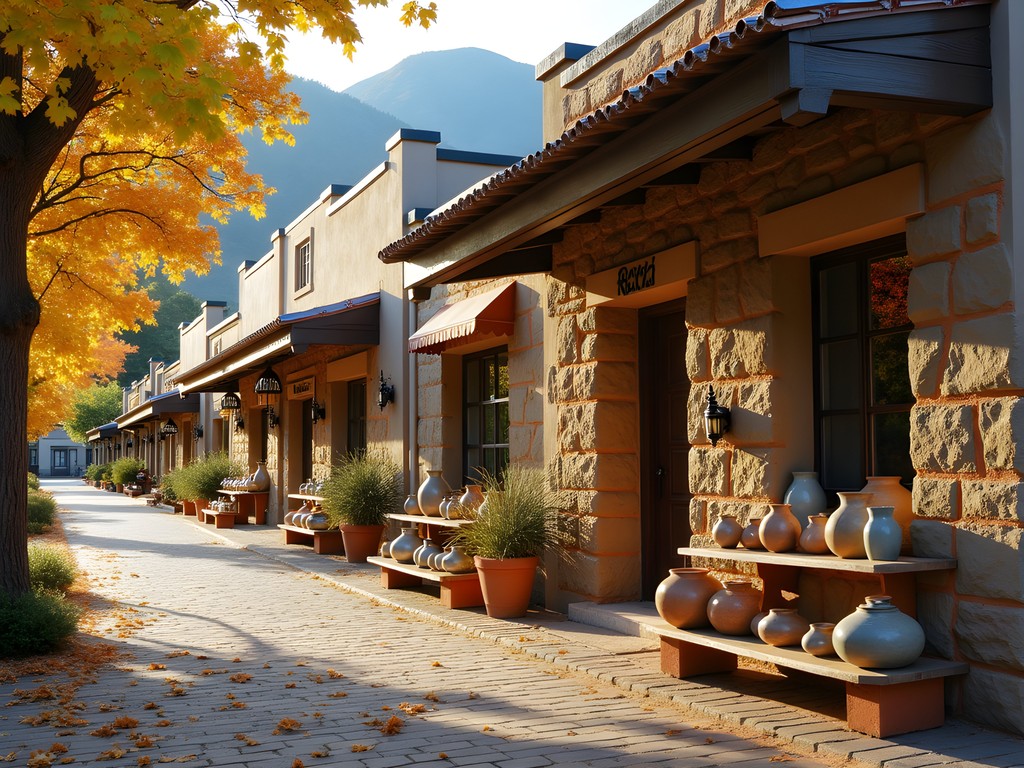
💡 Pro Tips
- The Rosetta Market operates Friday through Sunday with the best selection on Saturday mornings
- Book workshops at the pottery studio at least a week in advance
- Try the local cheeses – the blue variety won awards in international competitions
Final Thoughts
As my week exploring the towns around Drakensberg came to an end, I found myself reflecting on how these communities embody the essence of South Africa itself – places where diverse cultures, complex histories, and spectacular natural beauty create something greater than the sum of their parts. For families seeking more than just mountain vistas, these towns offer accessible adventures that combine outdoor exploration with cultural immersion and historical discovery. From colonial architecture to living Zulu traditions, from artisanal crafts to community-based tourism initiatives, the settlements surrounding the Berg provide context that deepens appreciation of the mountains themselves. As you plan your own Drakensberg journey, I encourage you to venture beyond the peaks and into these charming towns – where the true heart of the region beats in the stories of those who call this magnificent landscape home.
✨ Key Takeaways
- The towns surrounding Drakensberg offer rich cultural experiences that complement the region's natural beauty
- Community-based tourism initiatives provide authentic cultural exchanges, especially valuable for families
- Fall brings spectacular colors to the region while avoiding summer crowds and winter chill
- Local markets and artisanal food producers create culinary experiences unique to the region
📋 Practical Information
Best Time to Visit
March to May (fall) for mild temperatures and spectacular colors
Budget Estimate
R1000-1500 per day for a family of four including accommodation, meals and activities
Recommended Duration
7-10 days to explore multiple towns and surrounding natural areas
Difficulty Level
Moderate - Suitable For Families With Children Aged 8+


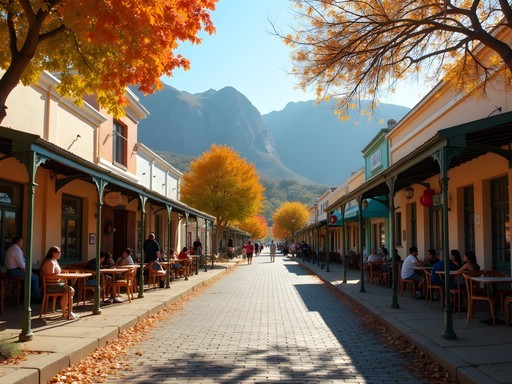
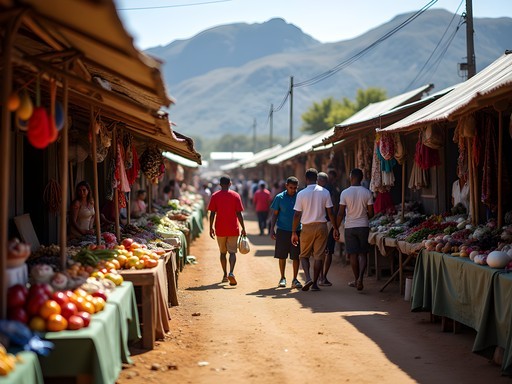
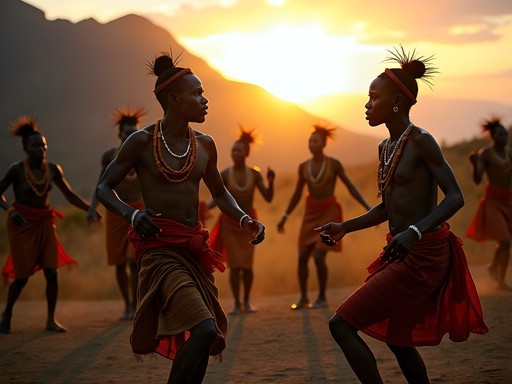
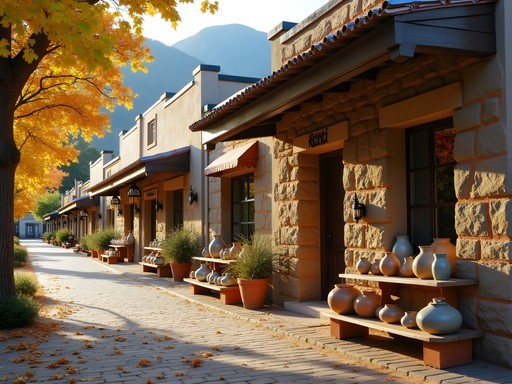


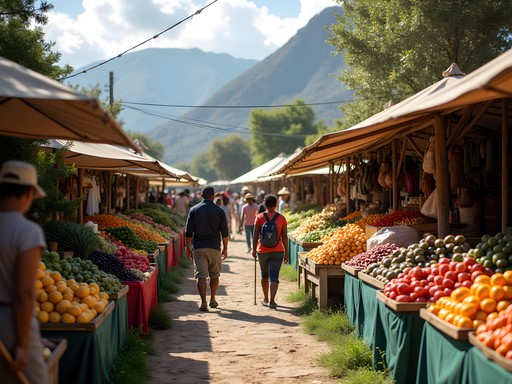






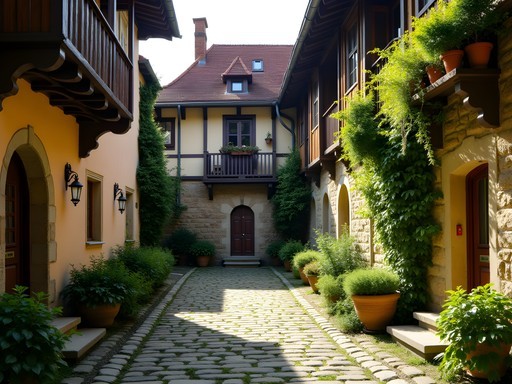
Comments
hikingperson
Great post! I've hiked all around the Drakensberg but never really explored the towns properly. For anyone planning a trip, I highly recommend using Himeville or Underberg as your base rather than staying at the more touristy resorts. We stayed at a small guesthouse in Underberg last year and the owners gave us directions to trails that weren't in any of the guidebooks. Also, if you're into photography, the early morning light on the mountains viewed from Winterton is absolutely spectacular. I used my travel tripod for some amazing long exposure shots of the mist rising from the valleys at dawn. Worth getting up early for!
skyhero
Any specific guesthouse recommendations in Underberg? Planning a trip for January.
hikingperson
We stayed at Fairways Cottage - simple but super clean and the owners are incredibly helpful with planning hikes. They even packed us lunches when we did a full day trail!
Bryce Diaz
Maya, this post brought back so many memories! I spent three weeks exploring these little towns last year and they truly are the soul of the region. In Winterton, I stumbled upon a small family-run restaurant (can't remember the name - it was on the main road) that served the most amazing bobotie I've ever tasted. The owner sat with me for an hour sharing stories about growing up in the shadow of the Drakensberg. One tip for anyone heading to Bergville - there's a weekly market on Saturdays where local Zulu artisans sell their crafts. I picked up some incredible beadwork that now has pride of place in my home. Much more authentic than the tourist shops and your money goes directly to the artists.
hikingperson
That market sounds amazing! Do they have food stalls too or just crafts?
Bryce Diaz
They definitely had food! Traditional dishes and amazing homemade preserves. I bought some spicy chutney that I'm still rationing because it was so good!
skyhero
Those small towns look amazing! I've always focused on the mountains themselves when visiting Drakensberg. Definitely adding Himeville to my list for next time!
Bryce Diaz
Himeville is definitely worth it! The museum there is a hidden gem - spent hours looking at all the historical artifacts.
skyhero
Thanks for the tip! Is it walkable from the main part of town?
Bryce Diaz
Absolutely! The town is tiny - you can walk everywhere. The museum is right near the center.
blueperson
Those sunset photos from Thendele are absolutely stunning! Added to my bucket list immediately.
travellegend
This post brought back so many memories! We visited Bergville last September and it was such a pleasant surprise. The Northern Gateway Hotel has this amazing veranda where you can watch the sunset over the mountains while sipping local wine. Don't miss the Thursday market where local artisans sell handcrafted items - I got the most beautiful beaded jewelry from a woman who's been making traditional pieces for 40+ years. Maya is spot on about Thendele too - we took a guided cultural tour with a local Zulu guide who showed us traditional homesteads and explained the significance of different cultural practices. It was so much more authentic than the commercial cultural villages you sometimes find in touristy areas. The blend of natural beauty and rich culture makes this whole region special.
hikingmood
That cultural tour sounds amazing! Do you remember the name of the guide or tour company?
travellegend
It was through Drakensberg Cultural Connections - our guide was named Sipho. Highly recommend booking at least 2 days in advance!
Adam Nichols
Excellent coverage of the region, Maya. Having spent three weeks exploring the Drakensberg area last year, I'd add that the seasonal variations really change the experience of these towns. Winterton in particular transforms during their winter festival in July, while Himeville's museum offers fascinating insights into the colonial history that's often overlooked. The geological contrast between the northern and southern sections creates distinctly different cultural adaptations in these communities. For anyone planning a visit, I'd suggest allocating at least two days per town to truly appreciate their unique characters and the surrounding landscapes.
luckyblogger
Planning a trip in November. Where's the best place to stay if I want to be close to hiking trails but still have restaurant options nearby?
travellegend
Winterton worked great for us! Stayed at the Mountain Park Hotel which is close to several trailheads, and there are 3-4 good restaurants within walking distance. Plus the Winterton Museum is fascinating on rainy days.
luckyblogger
Thanks! Did you need a car to get around or is there decent public transport?
travellegend
Definitely rent a car if you can. Public transport is limited and you'll want the freedom to explore all these little towns Maya mentioned. We used guidebook which had great driving routes between the towns.
Bryce Diaz
Maya, your piece really captures the soul of these gateway towns! I spent three weeks exploring the Drakensberg region last year, and Himeville stole my heart. There's this little coffee shop on the main road - Stone's Throw - where the owner tells the most incredible stories about the local history while serving the best rooibos lattes. And the Underberg Farmers Market on Saturday mornings? Pure magic! The locals are so welcoming. I ended up extending my stay twice because I couldn't bear to leave. Your section on Thendele's cultural landscape brought back wonderful memories of the traditional dancing I witnessed there. Such authentic experiences away from the typical tourist paths.
hikingmood
Those Drakensberg towns look amazing! Definitely adding to my bucket list for next year.
Bryce Diaz
You won't regret it! I was there last winter and the views from Himeville are breathtaking, especially at sunrise.
hikingmood
Any specific trails you'd recommend for someone who likes moderate hikes?
Bryce Diaz
The Rainbow Gorge trail near Winterton is perfect - about 5km with amazing views but not too challenging. Take water though, even in cooler months!
tripqueen
I've always wanted to visit Drakensberg but was worried about accessibility as I'm not a serious hiker. Are these towns good for someone who wants to experience the beauty without intense trekking? Any specific recommendations for easier walks or viewpoints?
Maya Coleman
Hi tripqueen! Absolutely - these towns are perfect for experiencing Drakensberg without intense hiking. From Winterton, you can drive right up to some gorgeous viewpoints. In Thendele, there are several gentle 1-2 hour walks with stunning views. The Royal Natal National Park visitor center (near Bergville) has maps of easy trails. And the towns themselves offer cultural experiences that don't require hiking at all!
tripqueen
That's exactly what I needed to hear! Thanks Maya, adding this to my 2026 travel list for sure.
Venture X
Premium card with 2X miles, $300 travel credit, Priority Pass